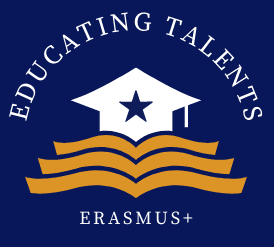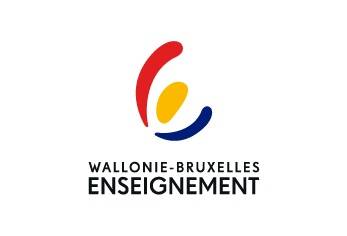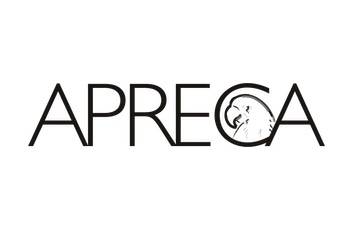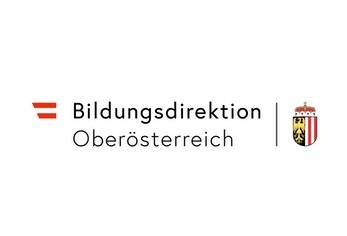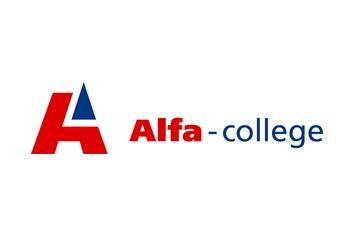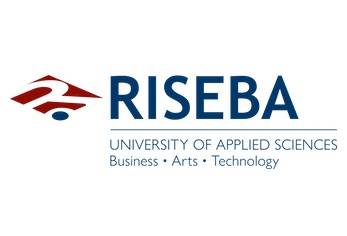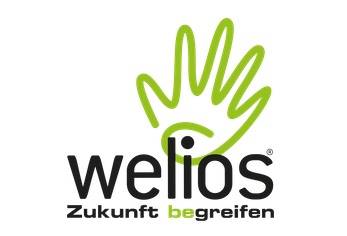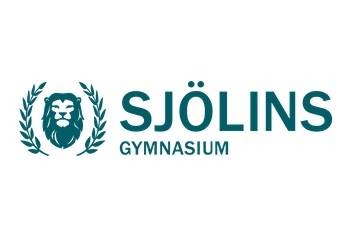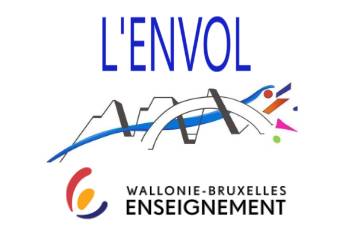In 2018 the Swedish Ministry School Inspectorate published a report highlighting the fact that TL do not reach their full potential due to a lack of strategies to include their competences in the classroom (www.skolinspektionen.se).
In participating countries in the project, the same phenomenon has been observed: FEW CHALLENGES AND A LACK OF INCLUSION FOR TALENTED STUDENTS AT SCHOOL. These learners are sometimes just allowed to sit idle in the classroom or to repeat the same type of tasks. Lessons do not often provide them with stimulus and challenges and can consist only of a teacher review and learners’ individual exercises,working with the same material as the others without differentiated tools. In some cases, learners receive extra assignments that may not fit in with the current subject discussed in the classroom. COLLABORATION AROUND HIGH-ACHIEVING STUDENTS IS RARELY A PRIORITY.
Schools in general do not provide TL with forward-looking feedback on their performance to the extent that these learners need. Most of the learners, predominantly girls, voice that when they do not know how good they are in different subjects, they can’t prioritize their school work either, leading to an increase in their performance-related stress (www.skolverket.se). They may outperform in some areas and lose the energy needed for good performance as a whole. Teachers need to be given better conditions to collaborate around high-performing learners so that their talent can be developed. This type of collaboration is not prioritized by the education providers as these learners are often perceived as self-sufficient. Educators are often not aware that they have special needs. The Parliamentary Assembly of the Council of Europe, had issued the recommendation 1248 on the education of gifted children in 1994 that indicates in particular that in Europe, “i. Legislation should recognize and respect individual differences. Gifted children, like other children, need suitable teaching conditions that allow them to fully develop their possibilities – iv. Provisions for children who are gifted in a given subject should preferably be put in place within the regular school system, starting at pre-school level. Flexible programs, increased opportunities for mobility, additional enrichment materials, audio-visual aids and a teaching style adapted to project pedagogy are means and techniques to promote the development of all children, whether they are gifted or not, and to identify special needs as early as possible”.
In our partner countries, we have identified different methods used in schools to boost talented students. Our project will result in an eHandbook with different models that key educators will learn through workshops, give feedback on and then draw conclusions from. This will help educators supporting TL to put the methodologies in an interdisiplinary perspective to reach inclusion and facilitate digital transition.
 Welcome to the Side Area. Here you can add any kind of content, including shortcodes, widgets, links social icons, buttons, and various other elements. You can use the side area as an additional navigation throughout your site, or to display some important information that should be available to visitors on any page.
CONTACT US
Welcome to the Side Area. Here you can add any kind of content, including shortcodes, widgets, links social icons, buttons, and various other elements. You can use the side area as an additional navigation throughout your site, or to display some important information that should be available to visitors on any page.
CONTACT US


